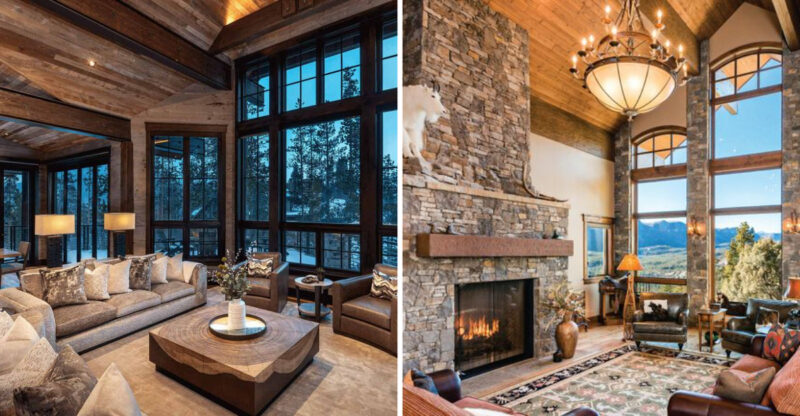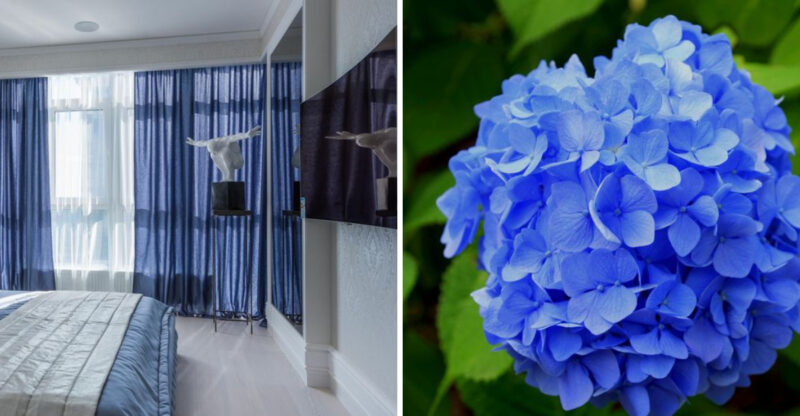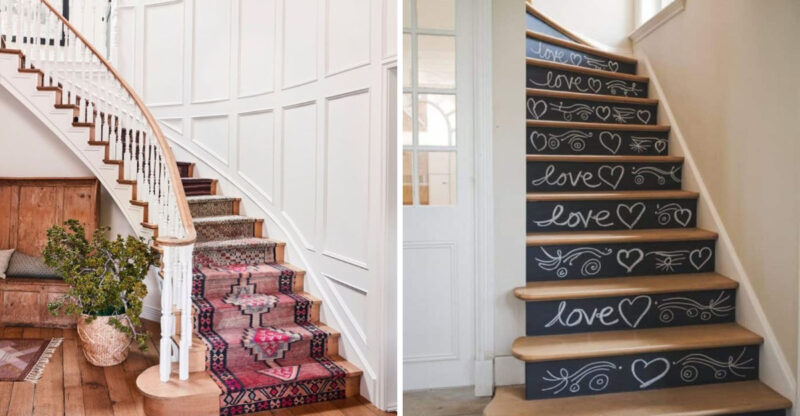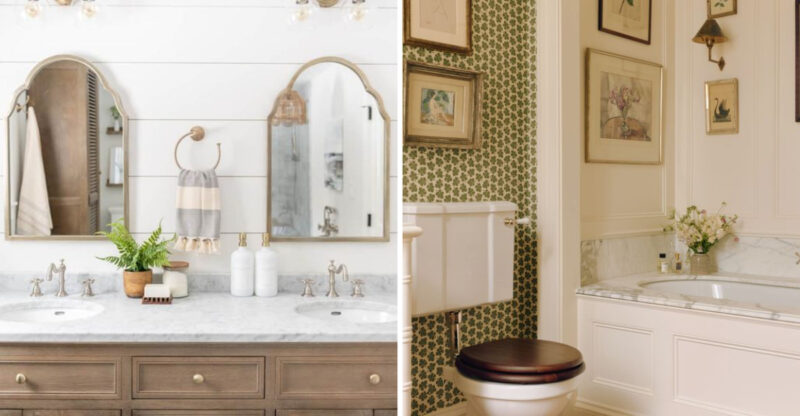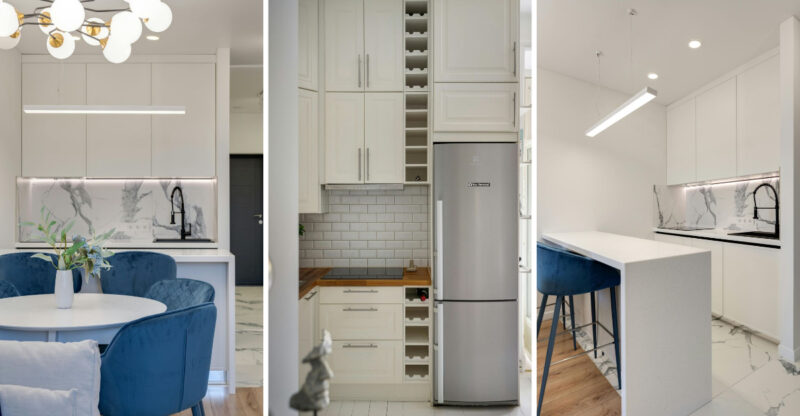9 Ways You Might Make A Tiny Bedroom Appear Larger According To A Designer
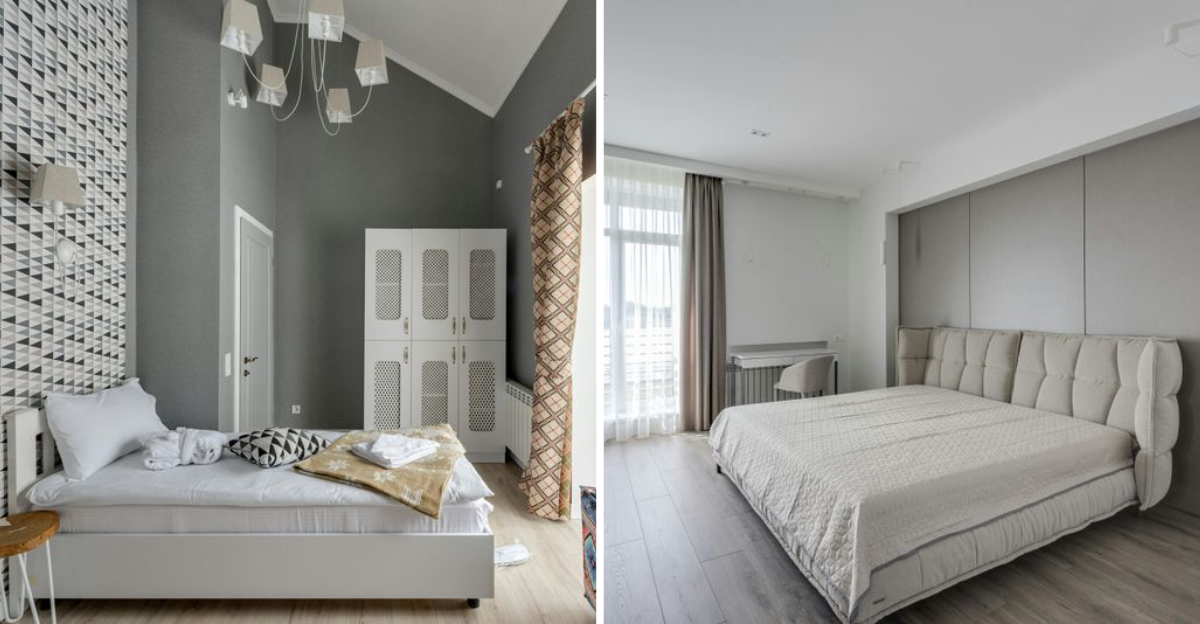
Living with a small bedroom can feel cramped and frustrating, but there are clever design tricks that can transform your space.
With the right techniques, even the tiniest bedroom can feel open, airy, and much more spacious than its actual square footage suggests. I’ve gathered some professional designer insights to help you maximize your small bedroom’s potential without knocking down any walls.
Results may vary depending on your room’s layout, lighting, and furniture. These tips are intended as general guidance, so adapt them to fit your personal space and style.
1. Use light, neutral wall colors
Light colors make walls recede visually, instantly creating the illusion of more space in your tiny bedroom. I always recommend soft whites, pale blues, or gentle greens to my clients struggling with cramped quarters.
Darker shades tend to absorb light rather than reflect it, making rooms feel smaller and more enclosed. When you paint your walls in lighter tones, they reflect natural and artificial light, brightening the entire space.
If stark white feels too clinical for your taste, try warmer neutrals like cream, taupe, or pale gray. These colors create a seamless visual flow that tricks the eye into perceiving more space than actually exists.
2. Hang mirrors strategically
Mirrors perform magic in small spaces by reflecting both natural and artificial light throughout the room. When placed across from windows, they bounce daylight into every corner, instantly doubling the perceived size of your bedroom.
Consider installing a full-length mirror on the wall or closet door. This vertical element draws the eye upward, emphasizing height rather than the limited floor space. Mirrored furniture pieces like nightstands or wardrobes can further amplify this space-expanding effect.
For maximum impact, try grouping several smaller mirrors gallery-style on one wall. This creates an artistic focal point while simultaneously making your bedroom feel significantly more expansive and bright.
3. Opt for low-profile furniture
Bulky furniture eats up precious visual space in a small bedroom. Low-profile pieces create breathing room above them, allowing your eye to travel further before hitting an obstruction.
Platform beds without headboards work wonders in tight quarters. They anchor the room without overwhelming it, and many offer hidden storage compartments underneath perfect for seasonal clothing or extra linens. Wall-mounted nightstands eliminate legs altogether, creating the impression of more floor space.
When shopping, look for furniture with exposed legs rather than pieces that sit flush against the floor. This seemingly minor detail creates sightlines underneath furniture, making the room feel less crowded and more spacious even when square footage is limited.
4. Use multi-functional furniture
Storage beds are game-changers in compact bedrooms. These clever pieces eliminate the need for extra dressers by incorporating drawers directly into the bed frame, keeping floor space open and uncluttered.
Extendable or nesting tables serve multiple purposes without permanently claiming precious square footage. When not needed, they can be tucked away, instantly creating more room to move around. Look for ottomans with hidden storage compartments that can serve as both seating and a place to stash extra blankets.
Wall-mounted desks that fold down only when needed are perfect for bedroom offices. During the day, they provide a workspace; at night, they disappear against the wall, allowing your bedroom to return to its primary purpose without feeling cramped.
5. Choose bedding that blends with walls
Contrasting bedding creates visual boundaries that can make your bedroom feel chopped up and smaller. When your bedding coordinates with your wall color, the eye travels smoothly across the space without interruption.
This doesn’t mean everything must be identical subtle patterns or textures in the same color family add interest without creating jarring visual stops. Think tone-on-tone rather than high contrast. Adding just one or two accent pillows provides personality without overwhelming the space.
If you love color, incorporate it through small accessories that can be easily changed. The bed typically occupies the largest visual area in a bedroom, so keeping it visually quiet creates the perception of a larger, more serene space where you can truly relax.
6. Keep floors clutter-free
Nothing makes a small bedroom feel more cramped than items scattered across the floor. Maintaining clear pathways around your bed is essential for both physical and visual spaciousness.
Invest in closed storage solutions that hide visual clutter. Under-bed containers, wall-mounted shelves, and wardrobes with doors keep necessary items accessible but out of sight. Even a few items on the floor can make a small room feel chaotic and smaller than it actually is.
Try adopting the habit of putting things away immediately rather than setting them down temporarily. This simple behavior change costs nothing but makes a tremendous difference in how spacious your bedroom feels day-to-day. Remember that in small spaces, maintaining order isn’t just about aesthetics—it’s about creating a sense of calm and openness.
7. Let natural light flow freely
Natural light is perhaps the most powerful tool for making a small bedroom feel larger. Heavy window coverings or furniture placed in front of windows block this valuable resource, instantly making your space feel more confined.
Arrange your furniture to avoid obstructing windows whenever possible. If privacy concerns necessitate window coverings, choose options that can be fully opened during the day. Mirrors placed strategically across from windows multiply available light, creating the illusion of additional square footage.
When artificial lighting is necessary, opt for multiple sources at different heights rather than relying on a single overhead fixture. Wall sconces, table lamps, and even string lights create layers of illumination that add depth to your room, making it feel more expansive than a single lighting source ever could.
8. Keep window treatments minimal
Heavy drapes and ornate window treatments can make a small bedroom feel suffocating. Instead, embrace simplicity with lightweight curtains or blinds that don’t overwhelm the space.
Sheer curtains allow natural light to filter through while maintaining privacy. If you need more light control, consider roller shades or simple roman blinds that tuck away neatly when not in use. Mounting curtain rods close to the ceiling rather than just above the window frame draws the eye upward and creates the illusion of taller walls.
When selecting window coverings, choose fabrics that match or closely blend with your wall color. This creates a seamless look that prevents visual interruptions, making the entire room feel more expansive and cohesive.
9. Use subtle patterns instead of bold prints
Bold patterns can overwhelm a small bedroom, making the walls feel like they’re closing in. Subtle patterns provide visual interest without dominating the space or competing for attention.
If you love patterns, incorporate them through small textiles like throw pillows or a single accent piece. When using patterned wallpaper, choose designs with plenty of negative space and colors that coordinate with the room’s overall palette. Small-scale geometric patterns often work well because they add texture without visually shrinking the room.
Another effective approach is limiting patterns to just one wall as an accent. This creates a focal point while keeping the remaining walls simple and spacious-feeling. Remember that in small spaces, visual restraint often creates more impact than bold statements.

